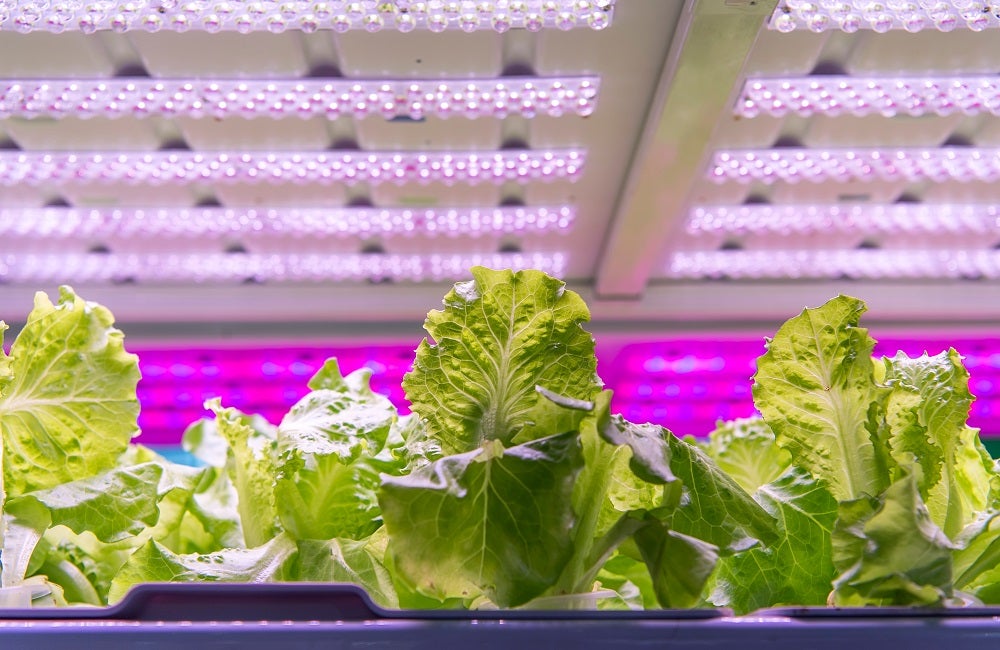The agricultural industry has traditionally struggled to keep up with food demand and the World Bank now predicts that there will be over 9.7 billion mouths to feed by 2050. Rapidly developing smart farm technologies could be the answer. According to Biz Intellia, the smart farming market will grow by 20% every year, and Internet of Things (IoT) systems are paving the way.
There is no doubt that farming will look very different in the future, and it needs to. The agriculture industry faces many challenges, from resource scarcity to pollution, from climate change to land scarcity. Plant breeding and mechanisation have helped in the past, but this is not enough anymore.
The internet of food
The agricultural IoT market will reach $27.22bn by 2027, according to Emergen Research. It uses connected sensors and actuators to control and monitor farm environments and has been dubbed “the internet of food.” All devices operating on a smart farm are interconnected, transmitting data over the internet. Sensors record observational data from the farm system. These results are returned to the IoT platform, recognising and mitigating any deficiencies using machine learning.
For example, if moisture levels in a greenhouse drop, sensors in the IoT platform react by adjusting heating and air conditioning settings and returning conditions to the optimum level. This minimises energy loss and prevents production loss. Drones can use thermal and visual imagery to monitor crops and spray fertiliser more accurately. Pesticides can be selectively and accurately applied, meaning little input waste. Livestock is tracked, allowing sick animals to be identified and treated while preventing the spread of disease. Robots are now picking ripe fruits, cutting labour costs.
Smart farming seems like the solution to many problems, so why has IoT not yet taken over farming?
Limiting factors for deployment
Limited network connectivity is a huge hurdle. Reliable and robust connectivity is required to effectively implement the technology across entire holdings and integrate all associated elements. For example, if tall trees or hilly terrain impact GPS signals, potential losses in productivity could be huge. Network performance must support all aspects of the system to ensure effective integration.
How well do you really know your competitors?
Access the most comprehensive Company Profiles on the market, powered by GlobalData. Save hours of research. Gain competitive edge.

Thank you!
Your download email will arrive shortly
Not ready to buy yet? Download a free sample
We are confident about the unique quality of our Company Profiles. However, we want you to make the most beneficial decision for your business, so we offer a free sample that you can download by submitting the below form
By GlobalDataThe technology might be ready, but are farmers? Agriculture is an ancient profession, and mass adoption will not happen if farmers are untrusting or hesitant toward new technologies. Farmers will need to education on setting up and running smart farms. They will need to become technologically literate to fix any faults quickly. If farmers are unprepared, serious productivity losses could occur.
Smart farming on a smaller scale
There seems to be this idea that smart farming is only accessible to large farming enterprises with excess funding, which is wide of the mark. It should not be viewed as a futuristic, expensive enterprise, but instead, technology that can be integrated relatively easily into existing farms. It can operate on different, farm-specific scales. For rural farmers in poorer countries, it could be as simple as sprinklers that detect and spray water when moisture levels are low. Technologies can be implemented at a scale comfortable for the farmer, promoting an awareness of the potential of IoT. Only once the scalability of IoT in agriculture is improved can it successfully provide the driving force for a sustainable and efficient industry. There is no doubt that farming must become more efficient as the agricultural industry’s challenges worsen and food demand continues to rise.








